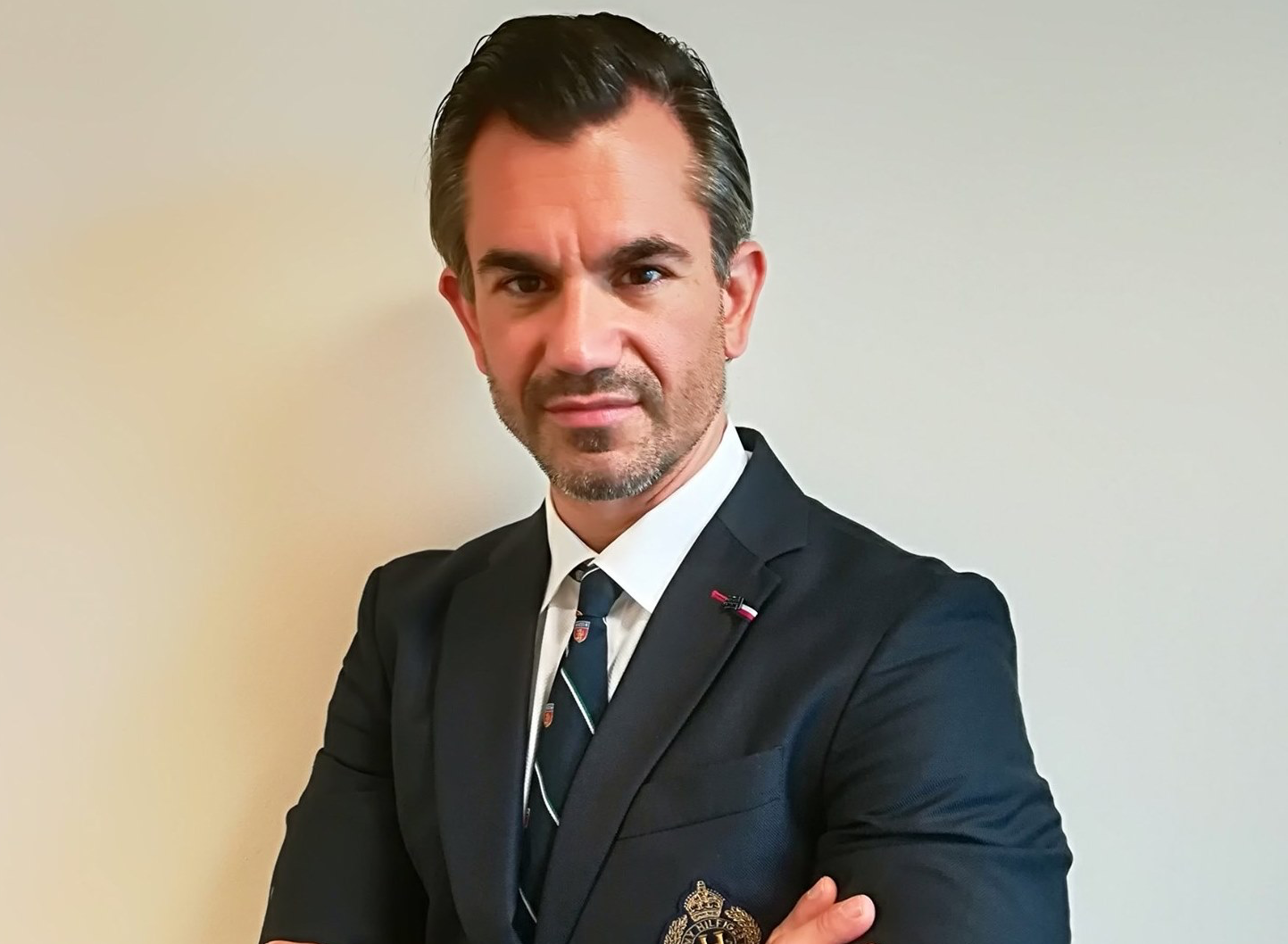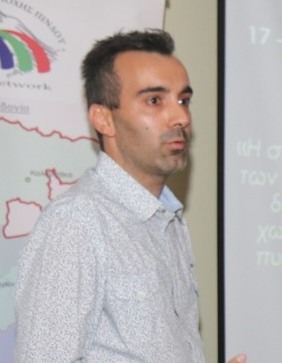MetaInfrastructure
the future of infrastructure
the future of infrastructure

We innovate for delivering future built ecosystems —encompassing cities, infrastructure, buildings, and services—through people-centric, sustainable, and resilient design. Our work supports equitable infrastructure aligned with the UN SDGs and Net-Zero goals. We assess the exposure of cyber-physical infrastructure to natural, climate, and anthropogenic threats—from sea-level rise to conflicts—using threat-agnostic resilience approaches. Leveraging AI, Generative Design, Digital Twins, IoT, and VR, we develop data-driven solutions to enhance decision-making in complex systems. Our research promotes sustainability, inclusivity, and co-development, shaping green and blue infrastructure policies within the evolving metaCity. Through Counterfactual Engineering and Engineering for People, we explore innovative strategies to future-proof infrastructure—upholding the core mission of Civil Engineering: serving society by delivering safe, inclusive, and resilient infrastructure that enables communities to thrive.

resilience of transport assets; monitoring-driven resilience of infrastructure; damage-free, zero-maintenance bridges, Eurocode expert

risk and resilience assessment of critical infrastructure and networks exposed to multiple hazards and climate change effects

strength and reliability; strengthening; retrofitting, material properties; probabilistic approaches; non-destructive methods

AI; big data; database and data warehouse integration; distributed systems; integrated systems and dataspaces; VR/AR

seismic risk assessment; geotechnical design; numerical and experimental modelling of geohazard effects

AI/ML; high-speed computational intelligence; neural-like structures; non-iterative training algorithms; ensemble models; meta learning and small data analysis

AI/ML; high-speed computational intelligence; neural-like structures; non-iterative training algorithms; ensemble models; meta learning and small data analysis

structural optimization; data-driven design of infrastructure; LCA-driven design; eco-design; steel structures; reusing steel

sustainable constructions; LCA; building physics

heating, ventilation, and air conditioning; energy-saving buildings; European standards; resource-saving technologies

sustainable constructions, energy efficiency, LCA

sustainable transport systems; energy-saving and energy-efficient technologies in transport; renewable energy integration in transport; vibration diagnostics of electric machines

sustainable transport systems; energy-saving and energy-efficient technologies in transport; renewable energy integration in transport; vibration diagnostics of electric machines

project management; communication; project coordination; stakeholder engagement; process optimization

civil construction and urban transports and services;
effect of bridges on the origin and urban development of cities

wildfires prevention and management; Risk management; Geographic Information Systems and remote sensing; wildfires simulation and spatial resilience; spatial planning and climate change

structural reliability; uncertainty quantification; machine learning; bridge engineering

climate-resilience and sustainability; optimisation; transport infrastructure; adaptation

FEM; risk assessment and safety; low-carbon; energy efficiency; structural engineering; remote control

Seismic vulnerability assessment; fragility evaluation; civil engineering systems analysis.

integration of micro-mobility with the public transportation

seismic design; infrastructure resilience; Finite Element Modelling, Building Information Modelling (BIM)

bridge Engineer, MEng Civil Engineering, Doctoral Researcher, University College London, UK

doctoral researcher, temporary works, design management, major Infrastructure Delivery, University College London

GIS and geospatial analysis; agent-based modelling; socio-economic and socio-spatial assessment; flood risk management

remote sensing; bridge-scour; risk assessment;, field monitoring; numerical modelling; floods; nearshore morphodynamics; estuarine and river environment;

infrastructure vulnerability and risk assessment; loss estimation; multiple hazards; probabilistic engineering

computational methods and tools for advanced numerical methods and novel information technologies, structural and geotechnical

resilience of transport hubs and network interoperabilities exposed to multiple hazards
(funded by TETFUND)

risk assessment of steel structures and community, critical industrial facilities

fragility analysis of infrastructure; multiple hazard assessment of bridges; retrofit prioritisation; machine learning

monitoring of transport infrastructure; rapid risk and resilience assessment with guided waves; strengthening; nano-materials